Meet iii-resident Erfan Abdi
Erfan Abdi (1983, Iran) studied graphic design in Tehran and graduated from the masters program at the ArtScience Interfaculty in The Hague in 2011. He is an artist, designer and performer.
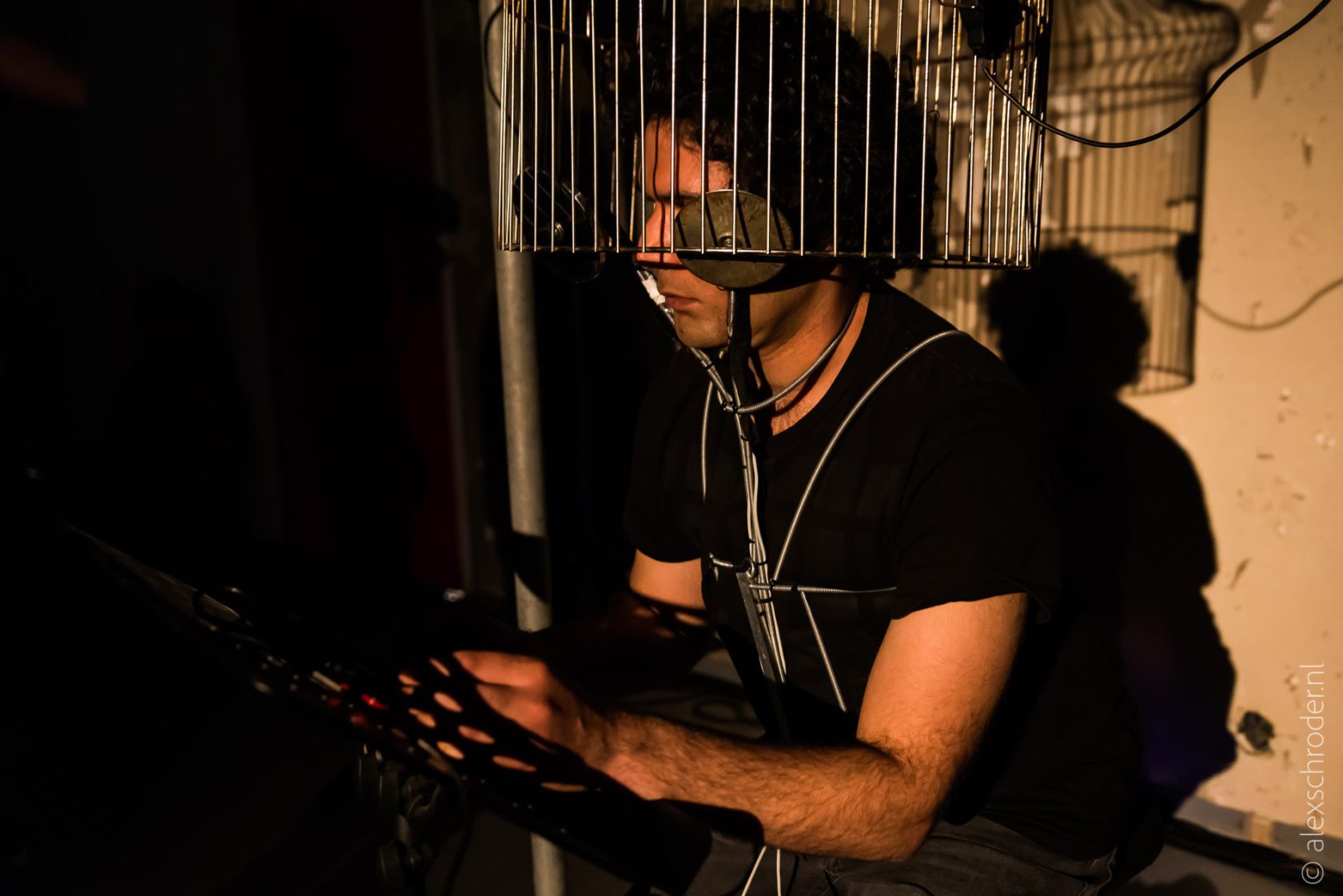
What role played art in your childhood?
There was a piano in our house, so I started playing it when I was five and took music lessons until I was fifteen. In a rebellion act I decided that I didn’t want to play the piano and look at musical notes anymore. When I was in high school the norm was pushing me towards becoming an engineer, to follow my father to work in his company.
But I decided to go to arts. I studied industrial design for a week, changed to photography and studied that for six months. Then I changed to graphic design and got my bachelors degree. During my bachelors, I started working with music. This time with a keyboard connected to a computer to make electronic sounds. I also made some videos. In fact my final degree for graphic design was not so much graphic design, but was a video installation and it was the first of its kind in the university in Tehran. It was about visual music, and my ideas on visual music were based on what I found online. I also got introduced to this very spectacular exhibition about visual music in Hirshhorn Museum in Washington. They published an accompanying book which gave me inspiration to make the video installations.
Why did you decide to come to the Netherlands to study at ArtScience?
After my graduation I continued working as an independent graphic designer and video producer. At some point when I wanted to continue my studies, I was lucky enough to find ArtScience through two different channels. A friend of mine who I met in Tehran told me about ArtScience. And when I was reading a book about interactive art titled “Information Arts”, I saw the name of Edwin van der Heide. I got so interested in his work that I wanted to study with him. First, I found him in Media Technology in Leiden University. But then he directed me to ArtScience in The Hague, because of my background. It was the perfect place for me, I took as many courses as I could in Leiden and of course in The Hague. Those two years were very precious to me and helped me a lot.
When you look back at when you started studying at ArtScience and compare it to now, what have you learned?
ArtScience changed my view on art education, I learnt how to learn something. If I have a certain idea in mind, I do some research about it and I see what skills I need to make it, and then I learn those skills. So I don’t become a specialist like a programmer, but I can do some programming for what I want to do. And that is the attitude that I learned at ArtScience.
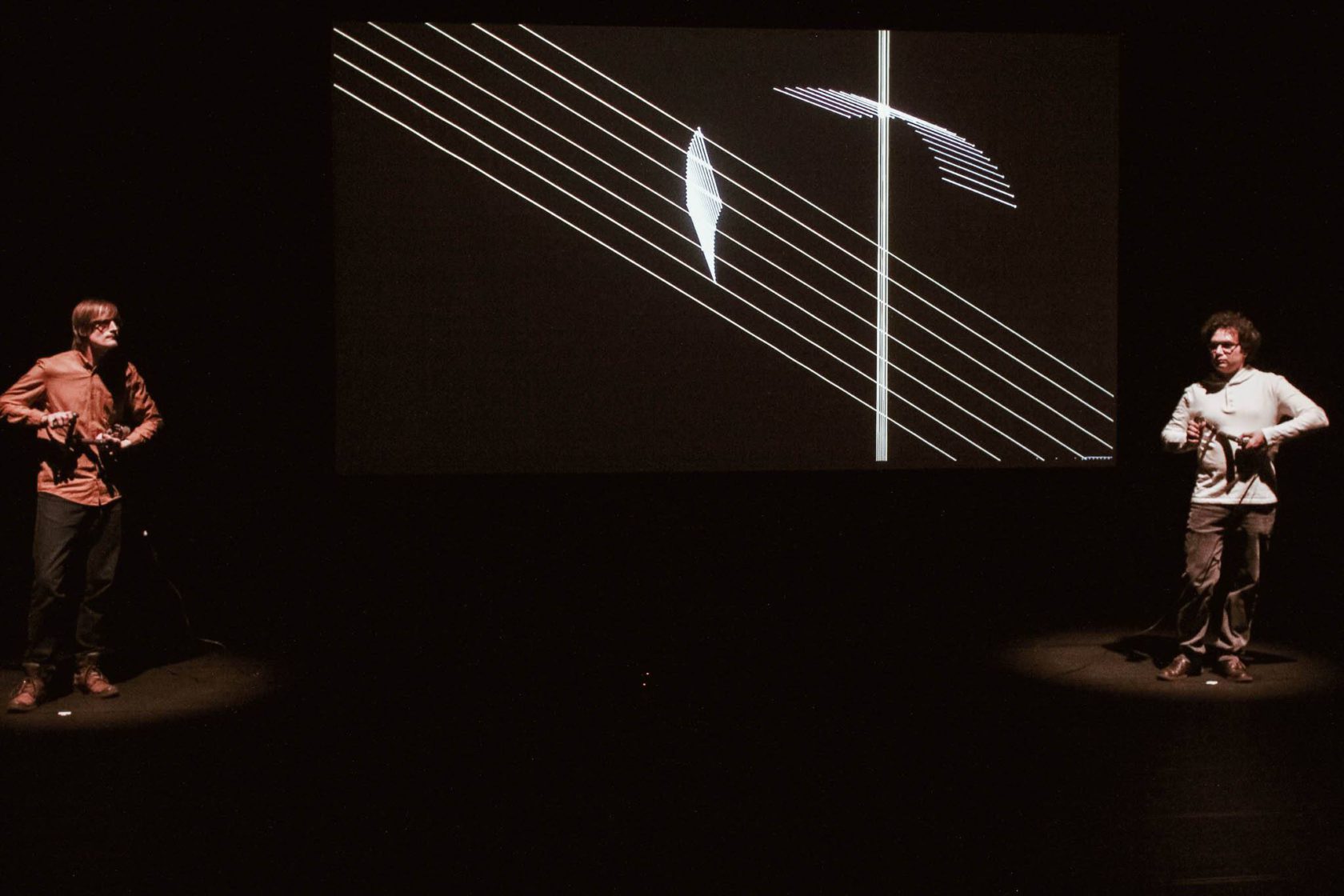
As part of your residency at iii, you will organise a workshop for kids. Can you tell me a bit more?
This workshop is not a standard music class. They will learn about the basics of sound, what it is physically and how one can make sound with an instrument. I think learning these very basic things will create some curiosity for kids to look at instrument design and music from a different point of view.
It is a very short workshop of three sessions. For the first session we are going to the sound room in the Museon. It is a good place to talk about things, so they will hear about some topics such as waves, frequency, loudness and timbre. The next session will be here at the iii workspace, and will be more hands on. I will give the kids these little amplifier boxes that I am building out of cigar boxes. They will also be provided with a piezzo mic and a mono chord guitar-like instrument. Then I ask them to add frets to the guitar, based on what they want to play with it. It is an open discussion class, so everybody can play and ask. The last session will be at their school, where everybody presents what they made.
Why do you like to work with kids?
It is very different from working with adults. Kids are curious. No matter what, they want to play. They are much more honest in giving feedback about whether they understand something. And I think I just connect better with kids. I think I am also like a kid myself.
In what sense?
I cannot stay serious for too long!
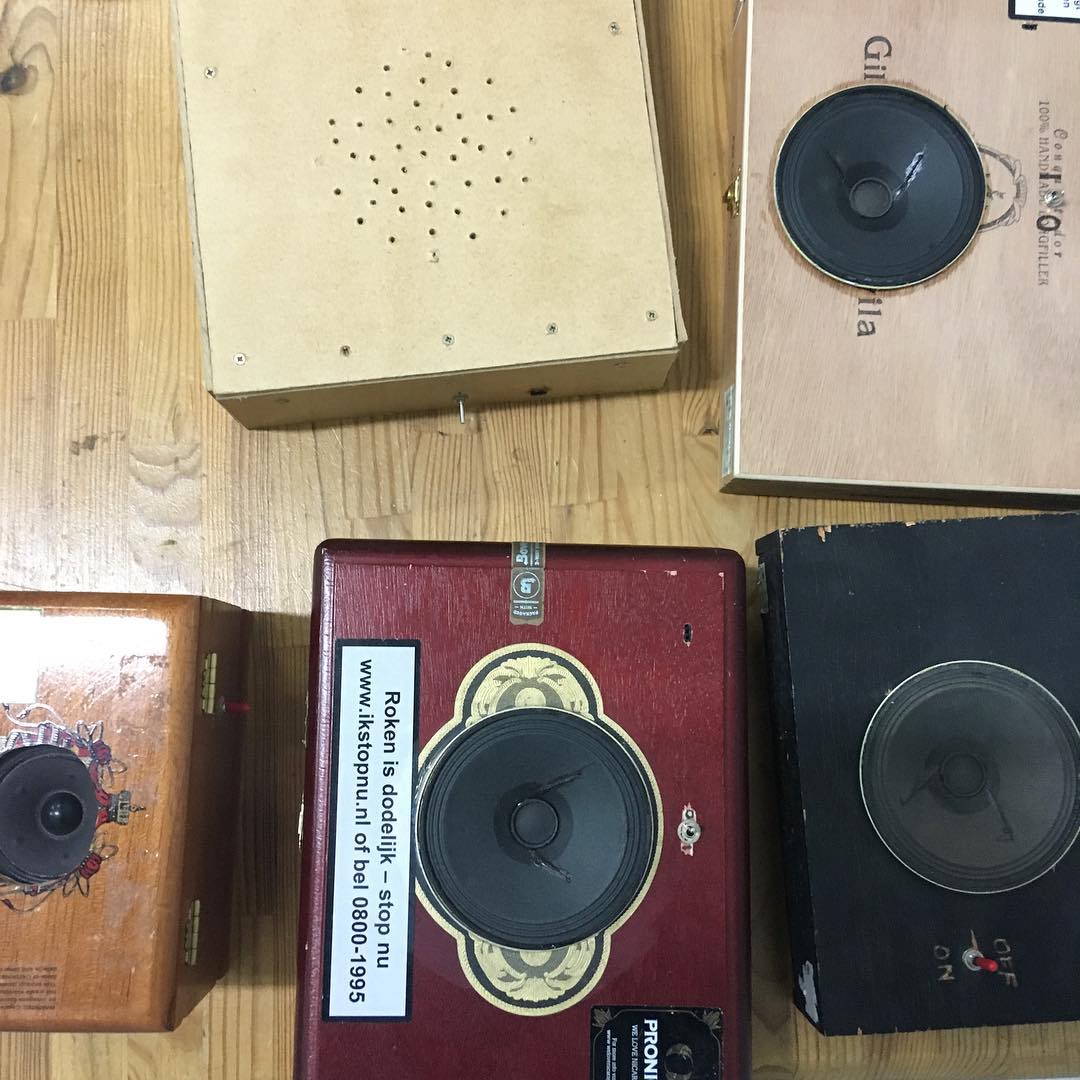
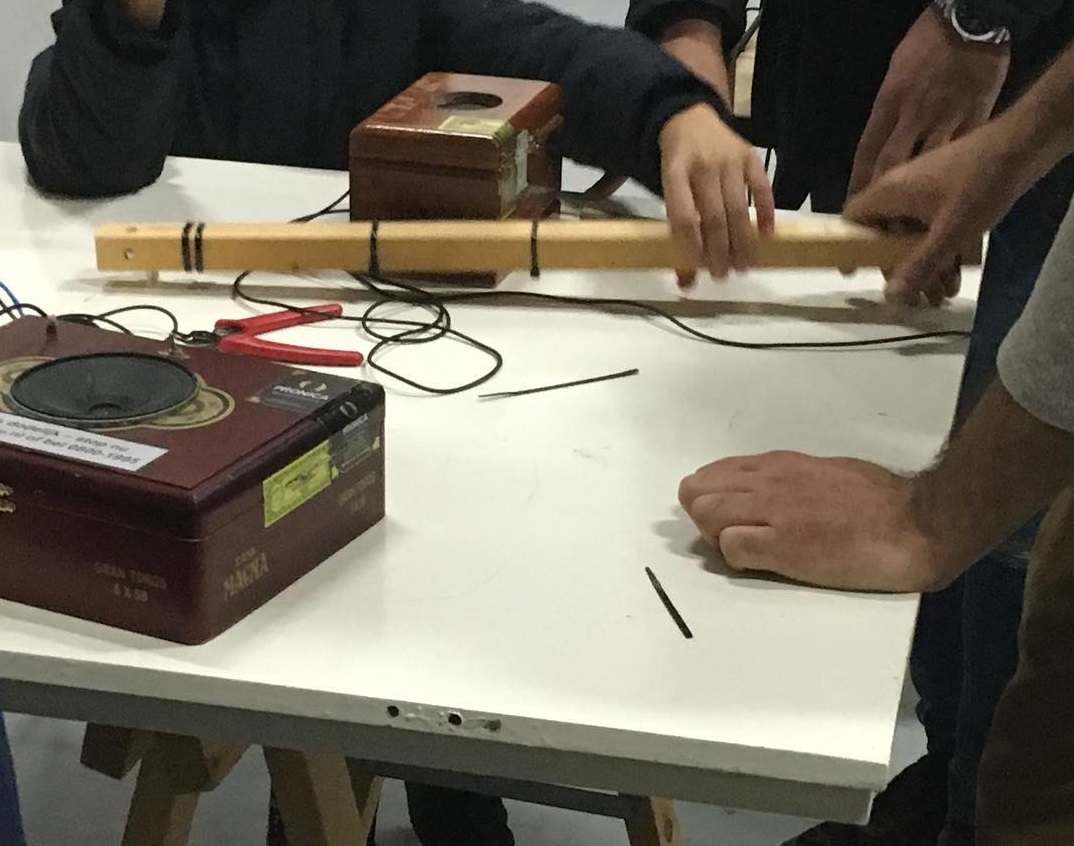
You have worked with adults as well, what is that like?
It depends on the context and what I do of course. Let’s say, the adults that are not from this art community are often absorbed in certain norms. It is more difficult to show them something outside of that. I am not saying it is impossible, it is just that they have different expectations and they want to stick to their expectations.
What do you learn from the audience? Or from the kids you work with during the workshop?
When you try to explain something to someone and you manage to do it right, it means you have also learned it yourself in a deeper way.
Is there anything you would like to learn?
Sure, a lot, kite surfing!
And I want to learn more programming languages, because what I know now is not really adequate for what I want to do further. I also want to learn more about electronics to make the things that I need to buy now. It is much cheaper and more fun. Plus, I will get to make decisions that are out of the scope of consumer products.
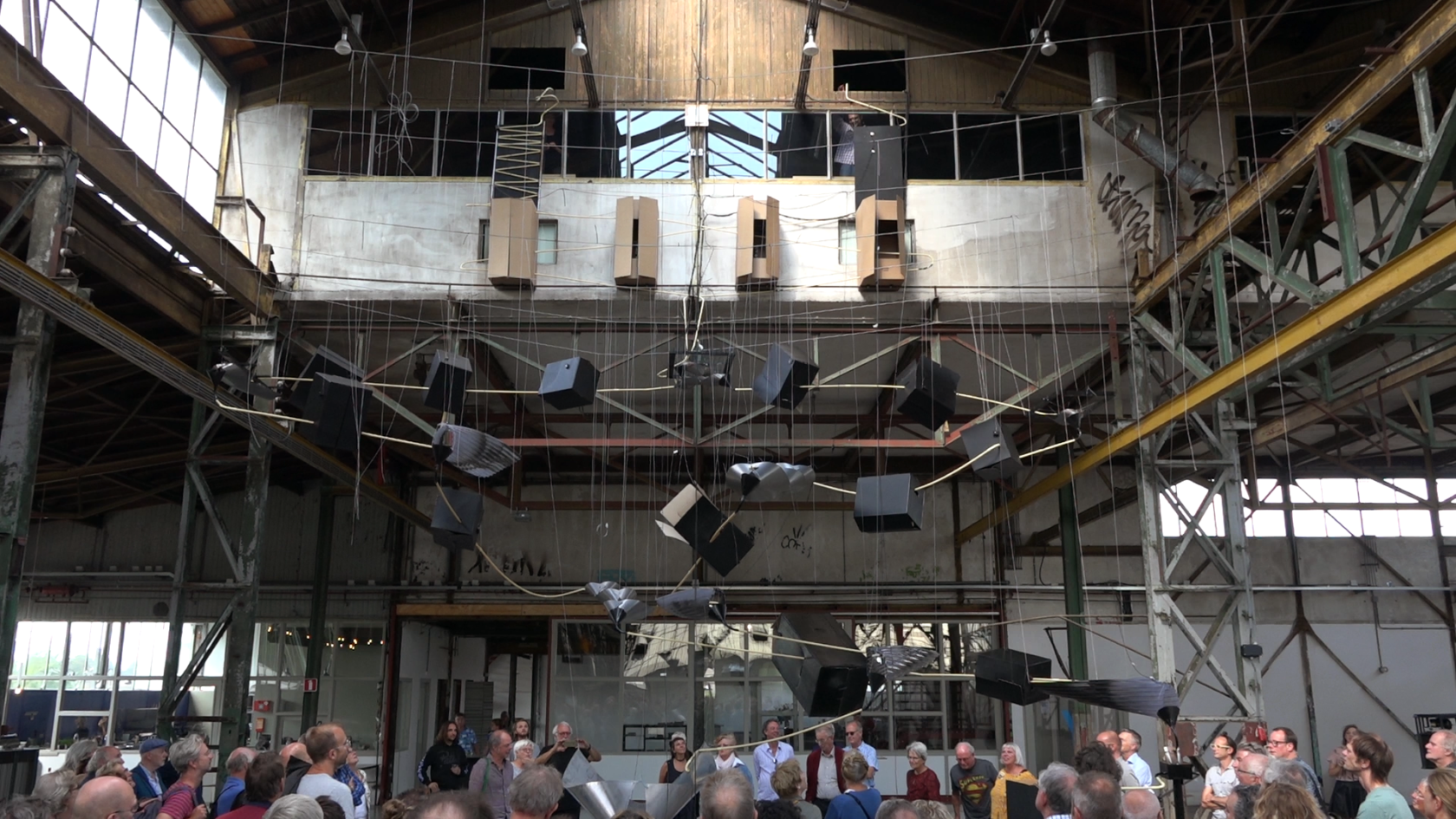
Does Iran, the country where you grew up, affects your practise today?
It was a good incentive to leave, as there were certain things that I wanted to get away from.
Who played an important role in your growth?
Edwin van der Heijde was a big influence and still is. Two other of my teachers, Joel Ryan and Robin Deirkauf as well. My sisters have always been a big support, but also the piano teacher of my sister played a key role. When I was five I made a piece of music. One day I accompanied my father and sister to her piano lesson where my father mentioned my piece. I played it a couple of times and the teacher told me to start learning music. So he kind of gave a first push in that direction
What about your parents?
My father expected me to become an engineer and continue his company. He did support me through my path, but always with big regret for not pushing me further to become that engineer. But now of course, they are both very supportive and curious. They are happy that I am happy and they are helping me.
Is there somebody you would like to meet?
I basically met a lot of interesting people. People that I didn’t even expect to meet, that I find interesting. But to name someone who I would like to meet in person, no, I find it too sentimental.
What are the challenges of being an artist?
The biggest challenge is mediocrity for me, it is the mainstream that thinks they know what they want to see. Curators that think they are the […]. That has caused me frustrations and it made me cancel or take less part in formal events. I try not to be affected and try to keep my work at an affordable budget. I had the benefit of occasional and small amounts of grants from institutes such as Stroom. But very insignificant.
When you work as an artist in the Netherlands, and you want to rely on financial support from institutions, then there will be certain expectations about how you present your proposal and work. I may imagine my work in a certain way in the beginning, I write a proposal, and most often it gets rejected. But if it gets accepted, at some point I might realize that it is not the way I want to continue. It is not a performance, it is an installation for example. And then, to prove that to someone is an extra step which is not so productive. That is why I try to keep working independent from such institutes.
What role do major art institutions play?
They can play an important role. Unfortunately what I see, is that they are most of the times one or two steps behind in what is happening in art. Those who create colourful applications get the most attention and support, while there are also people who are maybe involved in making more interesting works, but don’t get recognised as much. That is an imbalance that is also partly caused by these major institutions.
What is your plan for the nearby future?
I have created a giant marble machine for DordtYart in Dordrecht this summer. I learnt a lot about how not to do things. And now, I would like to apply those to a new version of that machine. A much more sustainable one. A smaller version, more delicate and more detailed.
iii is an artist-run-platform for research, production, presentation and distribution of radical interdisciplinary practices based in The Hague. No Patent Pending is their performance series presenting radical interdisciplinary practices that engage with sound, image, space and the body.